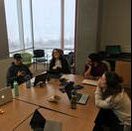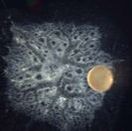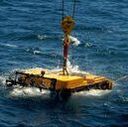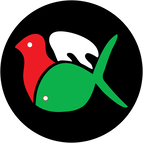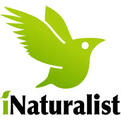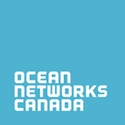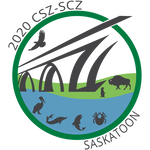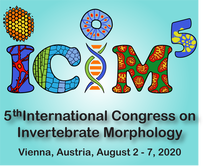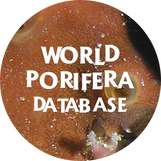Welcome to the Leys lab
Our main research focus is understanding how key features of animal body plans may have arisen—including nerves, muscle, epithelia, and guts. Our work takes a whole organism approach, from ecology, to physiology, to using molecular biology on a range of animals. Our special passion is about sponges. Projects in our lab explore what animals sense in their environment, how they are adapted to the fluid environment, what ion channels they use to communicate, and how signals are transmitted across tissues.
Our main research focus is understanding how key features of animal body plans may have arisen—including nerves, muscle, epithelia, and guts. Our work takes a whole organism approach, from ecology, to physiology, to using molecular biology on a range of animals. Our special passion is about sponges. Projects in our lab explore what animals sense in their environment, how they are adapted to the fluid environment, what ion channels they use to communicate, and how signals are transmitted across tissues.
|
This is the freshwater sponge Ephydatia muelleri filtering particles in a dish in our lab. Evgeni has filmed it with the angle of light illuminating natural particles in the water. One particle's trajectory can be seen moving into the sponge and up out of the chimney-shaped osculum or vent.
The orange spheres at the bottom are the husks of gemmules from which the sponge hatched. Each sphere is about 1mm across. |

